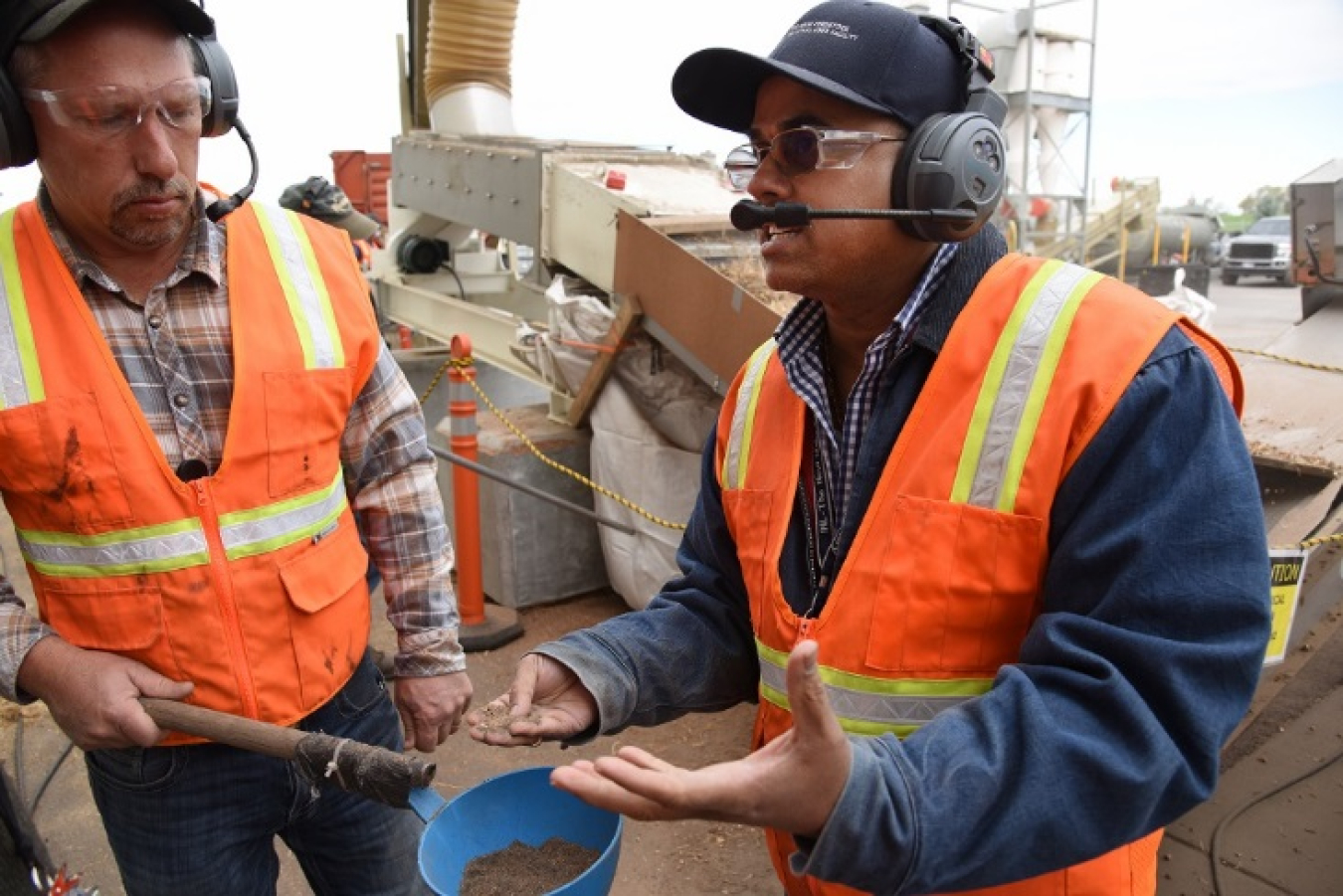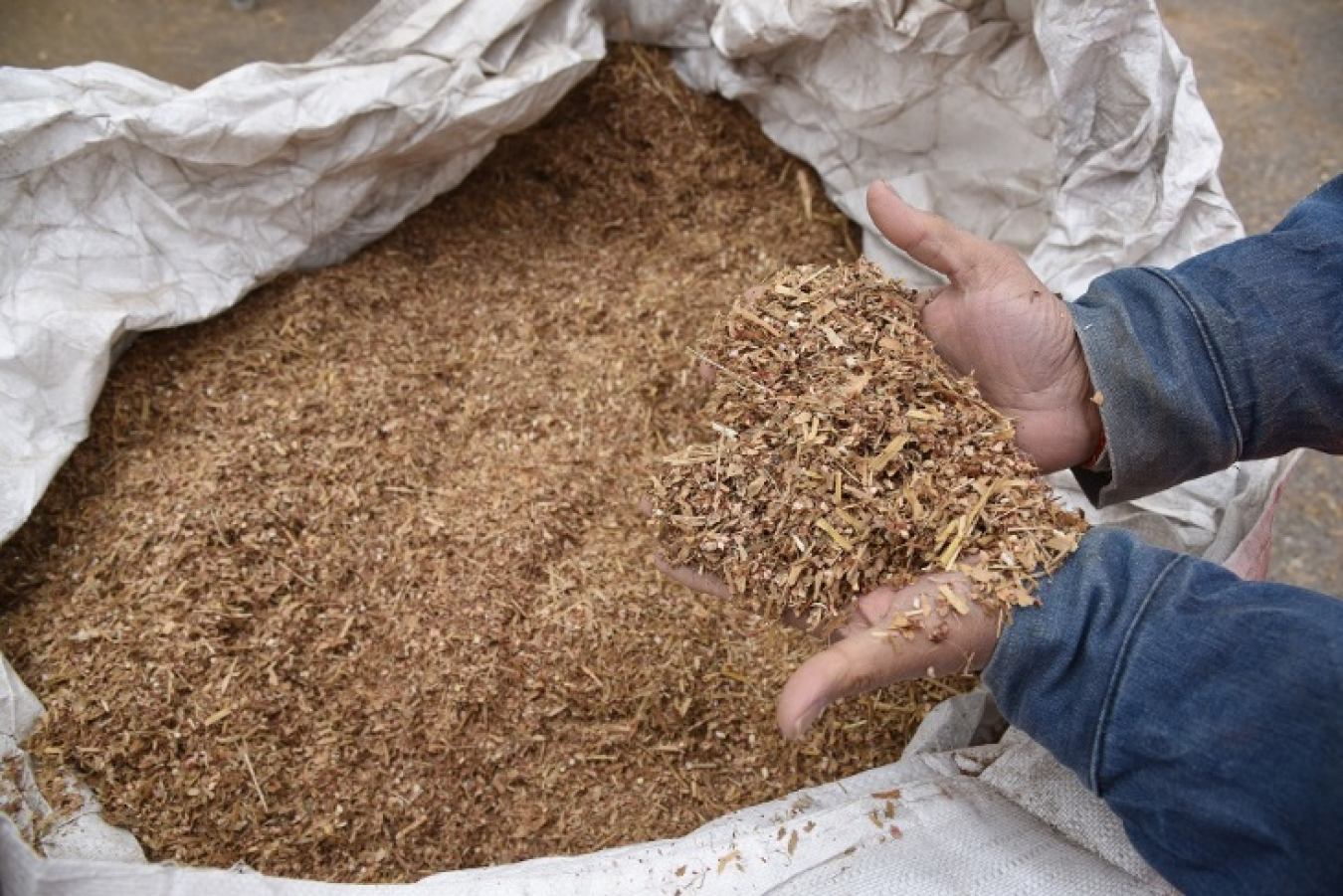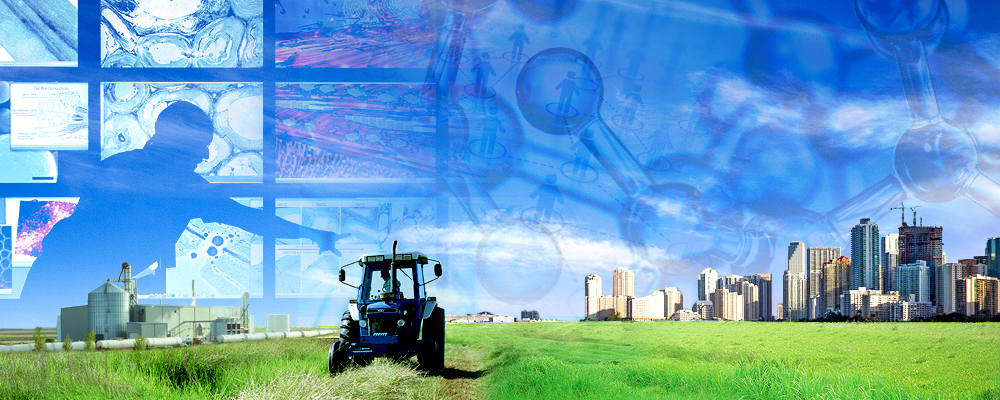Bioprose Blog: Idaho Researchers Slash Cost of Providing Biomass for Biofuels Production
March 8, 2018Author: J. Richard Hess Laboratory Relationship Manager for Idaho National Laboratory
Read Richard's bio ►
Meet the other bloggers ►
Return to Bioprose blog ►
Bioprose Blog
Researchers in Idaho are helping cut the cost of domestic biofuel production by reducing the price of delivered biomass feedstocks up to the point where the biomass enters the biorefinery reactor.
In September, Idaho National Laboratory (INL) bioenergy researchers met a major milestone by reducing the modeled cost of harvesting, storing, transporting, and preprocessing biomass from $149.58/dry ton to $82.86/dry ton. This is not only a significant decrease in cost, but also surpasses the U.S. Department of Energy Bioenergy Technologies Office’s (BETO’s) performance goal: a modeled feedstock cost lower than $84.45/dry ton from harvest to the biorefinery reactor throat, including the grower payment. A similar change in crude oil prices between 2008 and 2010 shrunk gasoline prices by more than $1/gallon, according to data from the U.S. Energy Information Administration.
INL’s success resulted from researchers’ combined efforts on four different BETO-funded projects, addressing fractional milling, high-moisture pelleting, intelligent and adaptive controls, and least-cost formulation and blending.
Two significant INL technical accomplishments—high-moisture pelleting and factional milling—resulted in lower energy usage and greater than 50% cost reduction in biomass preprocessing.

Neal Yancey and Jaya Tumuluru led research in fractional milling and high-moisture pelleting that together resulted in lower energy usage and a greater than 50% cost reduction in biomass preprocessing.
High-Moisture Pelleting
INL researcher Jaya Tumuluru contributed to the laboratory’s preprocessing success by developing a high-moisture pelleting process for various high-moisture feedstocks, such as switchgrass, corn stover, lodgepole pine, and municipal solid waste. The process eliminates the energy-intensive rotary drying stage for biomass feedstocks. Instead, high-moisture biomass goes through two grinding steps and enters the pellet mill with a moisture content higher than 26%. Friction created from the compression and extrusion of pellets from the pellet die reduces biomass moisture content to roughly 20%.
Through this process, Tumuluru reduced the overall preprocessing cost of pelletized biomass by 35%–40% using biomass with moisture contents ranging from 26% to 39%. Those savings include a roughly 55% reduction in operating energy costs and a 35% reduction in capital costs.
Fractional Milling
Likewise, INL engineer Neal Yancey has used fractional milling to reduce energy costs during preprocessing by separating out smaller-sized material that already meets particle size specifications after the first grinding stage.
During tests conducted in September, Yancey used a flat orbital screen to separate particles smaller than a quarter inch from larger particles destined for the stage two grinder. Separating out these smaller particles diverted more than 40% of the material after stage one grinding. By utilizing fractional milling, Yancey not only reduced energy usage at the stage two grinder by 40%, but also increased the throughput of the system by 80% compared to conventional grinding of high-moisture corn stover.
Fractional milling also reduces the amount of fines produced during stage two grinding because smaller-sized material is spared additional size reduction. This creates more uniform particle size entering the pellet mill, which allows the mill to operate more efficiently.

By using fractional milling, INL researchers not only reduced energy usage at the stage two grinder by 40%, but also increased the throughput of the system by 80% compared to conventional grinding of high-moisture corn stover.
Intelligent and Adaptive Controls
INL’s adaptive, intelligent control system was another contributor to the laboratory’s preprocessing success. The system relies on computer models and intelligent algorithms to adjust preprocessing equipment to compensate for moisture and other types of biomass variability.
During a 2017 test, researchers used a “human-in-the-loop”—a process that is largely machine run but still has partial human input—to adjust material infeed rates, resulting in a greater than 50% increase in the reliability of feedstock preprocessing equipment.
The control system, which INL is developing at the Biomass Feedstock National User Facility’s Process Development Unit (PDU), will eventually use a combination of artificial intelligence, computer models, and sensors that detect moisture, dirt, and other types of biomass variability to adjust the PDU machinery.
The control system takes the critical decision making out of the hands of the human operators. As a result, decisions can be made much more quickly and reliably, helping to minimize bottlenecks and downtime.
Least-Cost Formulation and Blending
Another solution that helped reduce delivered feedstock costs was a combination of least-cost formulation and blending biomass types in a scenario where depots are used to supply biomass to the biorefinery.
The least-cost formulation model assesses biomass resource availability by taking into account key biomass characteristics—such as carbohydrate, ash, and moisture content—as well as the cost of individual biomass types that comprise a blend, including individual grower payments and transportation costs to the biorefinery.
Blending biomass lowers grower payments by combining high-quality, high-cost feedstocks with lower-quality, low-cost feedstocks. The resulting blended feedstock is designed to meet carbohydrate, ash, and other quality specifications for conversion at the biorefinery.
The depot concept locates biomass preprocessing depots in high-yield areas where biomass costs less because of an abundance of supply. The depot grinds, blends, and densifies biomass into pellets or briquettes before the feedstock is sent to the biorefinery. In turn, the biorefinery is not as dependent upon having a source of biomass nearby and can instead be located near resources such as utilities, rail lines, and labor. Depots increase the radius and therefore the supply of available biomass, according to the analysis, which is the first of its kind to document the cost benefits of depots.
When applying least-cost formulation and blending strategies in an analysis of data from DOE’s 2016 Billion-Ton Report, INL researchers achieved a 46% reduction in grower payment, an 18% reduction in harvest and collection costs, and a 94% reduction in dockage costs—the penalties imposed when biomass doesn’t meet specifications.
INL’s preprocessing successes support BETO’s mission to support early-stage research and development in bioenergy technologies to reduce the cost of producing biofuels and co-products, including bioproducts and biopower. Learn more about INL’s bioenergy team.

Bioprose Blog
J. Richard Hess

J. Richard Hess is Director of the EERE Program Office at Idaho National Laboratory (INL) and serves as the Laboratory Relationship Manager to the U.S. Department of Energy’s (DOE’s) Bioenergy Technologies Office. He oversees and leads development of strategic planning between the Energy and Environment Science and Technology (EES&T) directorate and DOE EERE to ensure highly impactful, integrated, and objective-driven EERE programs at INL. Richard has experience managing INL’s Bioenergy Program, which focuses on the cost-effective use of lignocellulosic crop residues in biorefining operations. He oversaw the preparation of a higher-value biomass feedstock, and managed the design and construction of one of DOE’s five bioenergy process demonstration units. Hess holds a doctorate in plant sciences from Utah State University, and master’s and bachelor’s degrees in botany from Brigham Young University. Following graduate school, he served as an Agriculture Congressional Science Fellow in the Washington, D.C., office of Sen. Thomas Daschle. In this role, he supported many important national agriculture research issues, including new and industrial uses of agricultural products, federal grain inspection standards, and plant variety protection.

